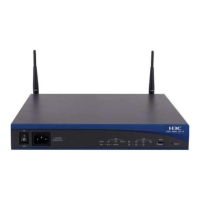
Do you have a question about the Huawei Quidway AR-19-61 and is the answer not in the manual?
| Model Number | AR-19-61 |
|---|---|
| Memory | 128 MB |
| Operating Temperature | 0°C to 45°C |
| Humidity | 5% to 95% (non-condensing) |
| Product Type | Router |
| Console Port | Yes |
| Storage Temperature | -40°C to 70°C |
| Dimensions | 44 x 220 x 160 mm (H x W x D) |
Covers LAN and WAN protocols, including Ethernet, VLAN, PPP, FR, and ATM support for network connectivity.
Details IP forwarding capabilities including unicast/multicast, TCP, UDP, IP options, and policy routing.
Lists IP application support such as DHCP, DNS, NTP, Telnet, and FTP clients/servers for network management.
Covers static and dynamic routing protocols including RIP, OSPF, BGP, IS-IS, and multicast routing protocols.
Details MPLS capabilities including LDP, LSPM, MPLS TE, MPLS FW, and MPLS/BGP VPN for advanced networking.
Specifies IPv6 basic functions, PMTU, FIB, ACL, transition technologies, and dynamic routing protocols.
Covers port security features like PPPoE Client/Server, 802.1x, and AAA services including Local Auth, Radius, HWTacacs.
Details firewall functions like ASPF, ACL, FILTER, and data security with IKE, IPSec, and Encryption card.
Includes L2TP, NAT/NAPT, PKI, RSA, SSH, SSL, URPF, and GRE for comprehensive security.
Details Layer 2 QoS mechanisms including SP, WRED, CAR, LR, flow policies, mirroring, and packet remarking.
Covers congestion management (FIFO, PQ, CBQ) and avoidance techniques like WRED/RED for traffic control.
Specifies traffic shaping capabilities, including GTS support and other QoS technologies like FR QoS and MPLS QoS.
Details voice interface types (FXS, FXO, E&M, E1) and signaling protocols (R2, DSS1, Q.sig, Digital E&M).
Lists supported voice codecs (G.711, G.723, G.729) and protocols like H.323, SIP, RTP/CRTP, and IPHC.
Covers network management via SNMP, MIB, SYSLOG, RMON, and local management via CLI, file system, auto-config.
Details user access methods including console, AUX, TTY, Telnet, SSH, FTP, and X25 PAD logins.
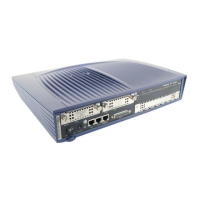
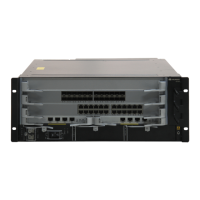







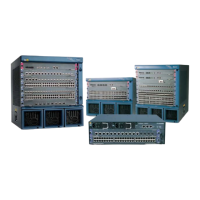
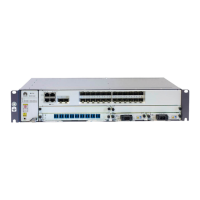
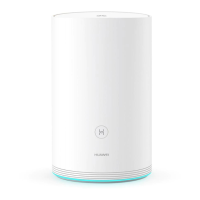
